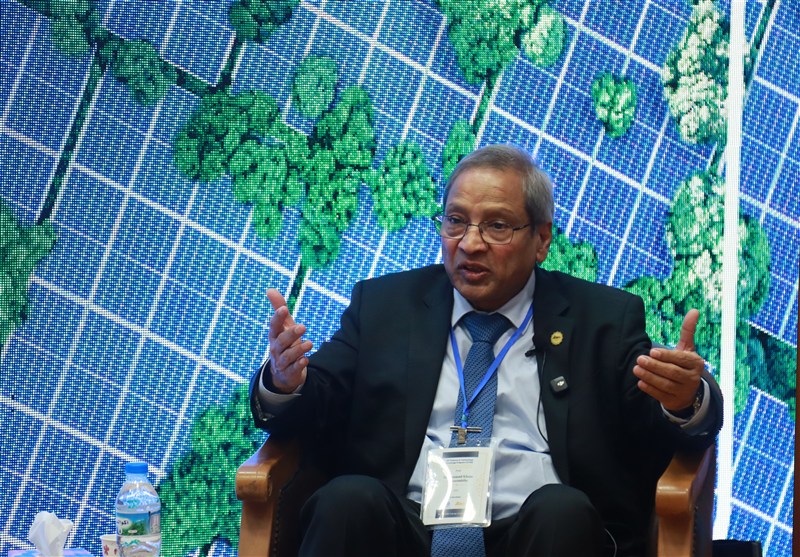The Solar Frontier: Mustafa(pbuh) Prize Laureate on Perovskite Solar Cells and the Art of Science Communication


Renowned solar energy researcher Prof. Mohammad K. Nazeeruddin believes that true scientific impact goes beyond lab results; it’s about communicating discoveries in a way everyone can understand. In an interview, he discussed his pioneering work on perovskite solar cells, the challenges of improving their stability, and why scientists must learn to “speak the language of the public.”
MSTF Media reports:
Prof. Nazeeruddin stressed the essential role of communication in science. “We publish scientific papers, but we also have an obligation to do outreach,” he said.
He believes that simplifying complex ideas doesn’t dilute science, but strengthens it. “It gives me pleasure when people understand what I’m doing,” he added. “That means I’m sharing knowledge that others can use in their own way.”
To explain his own field, Prof. Nazeeruddin compared solar cells to miniature energy converters. “We absorb sunlight with a thin layer of material that generates positive and negative charges. By controlling how these charges move, we turn light into electricity.” His focus lies in improving the power conversion efficiency or how effectively sunlight is transformed into usable energy.
But his research goes far deeper than that.
Prof. Nazeeruddin’s team investigates the intricate chemistry behind perovskite solar cells, one of the most promising technologies for next-generation renewable energy. These materials can be engineered at the molecular level to optimize performance, but they face a major hurdle: stability.
“Perovskites are soft materials,” he explained. “Their bonds can easily break, leading to ion migration.” To counter this, his lab designs ‘smart additives’, functional molecules that can trap and neutralize such defects, preventing ion migration and significantly improving stability.
When asked about improving C60-based electron transport layers (ETLs), Prof. Nazeeruddin explained that researchers are exploring ways to stabilize C60 while simultaneously optimizing the surface properties of ETLs.
“Functionalizing C60 is challenging,” he noted, “but by attaching specific chemical groups that bond strongly to the perovskite layer, we can create a kind of molecular glue. This strengthens the interface between layers and enhances the device’s overall efficiency.”
He also clarified that not all structural imperfections, known as traps, are necessarily harmful. “Shallow traps can help electron transfer,” he said. “We just need to remove the deep ones that permanently capture charges.”
He also believes that many of today’s high-performing dopants are too expensive or unstable for industrial production. “We must design simpler, cost-effective molecular structures so that perovskite solar modules can compete with silicon,” he emphasized.
In the end, whether discussing nanostructures or narratives, Prof. Nazeeruddin’s message was clear: “Each scientist must find their own way to make their field understandable to others.”
Prof. Mohammad Khaja Nazeeruddin, originally from India, is a Professor of Chemistry at the EPFL Sion campus. He received the 2025 Mustafa(pbuh) Prize in Basic and Engineering Sciences for his groundbreaking contributions to perovskite solar cell technology. His research spans dye-sensitized solar cells, inorganic and materials chemistry, electrochemistry, photovoltaics, and perovskite materials. Prof. Nazeeruddin has authored more than 820 peer-reviewed papers, ten book chapters, and holds over 100 patents as an inventor or co-inventor.